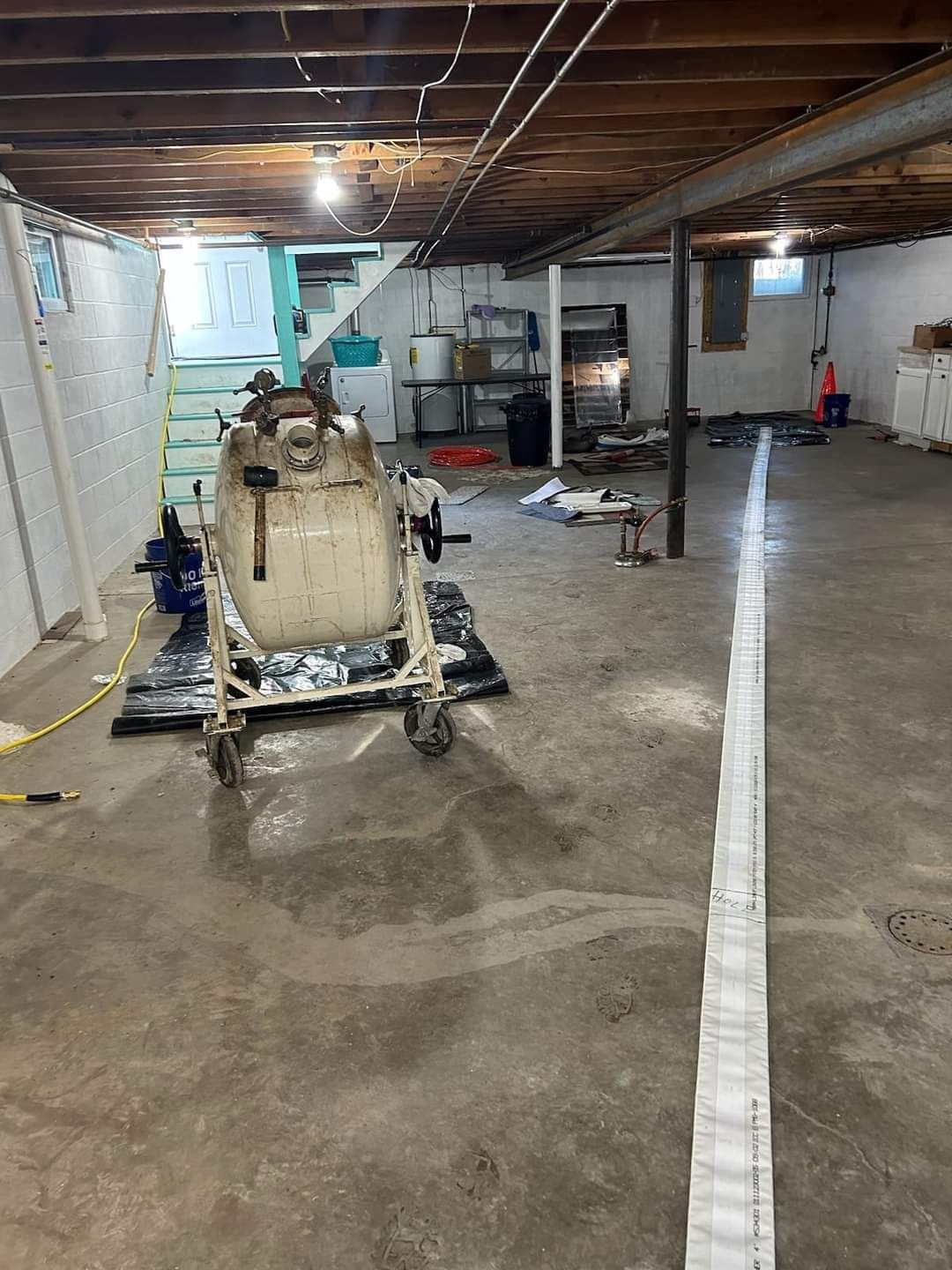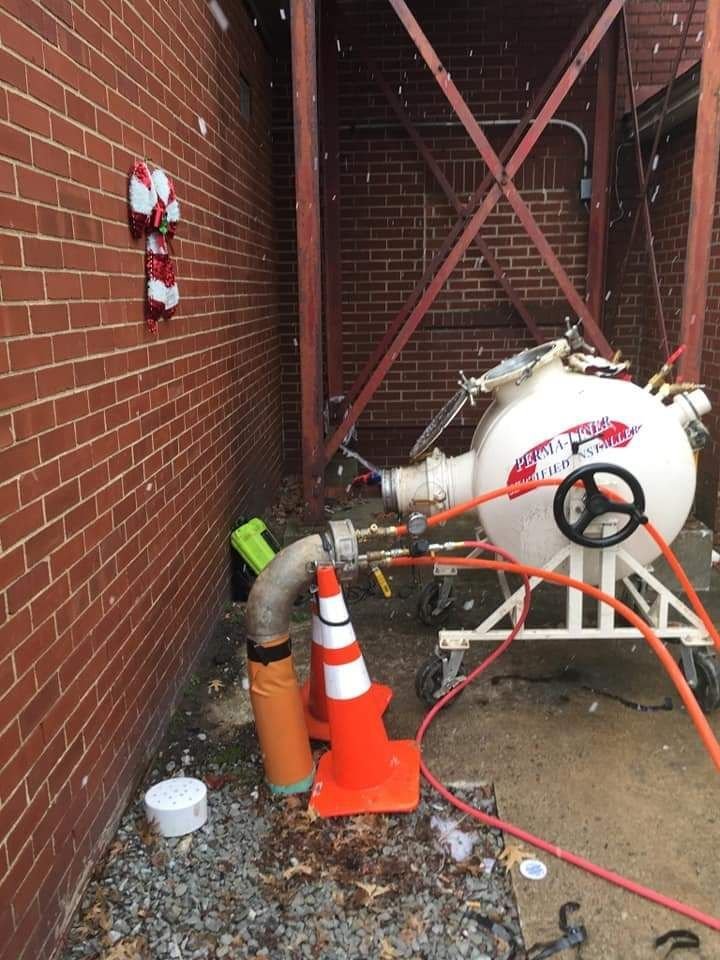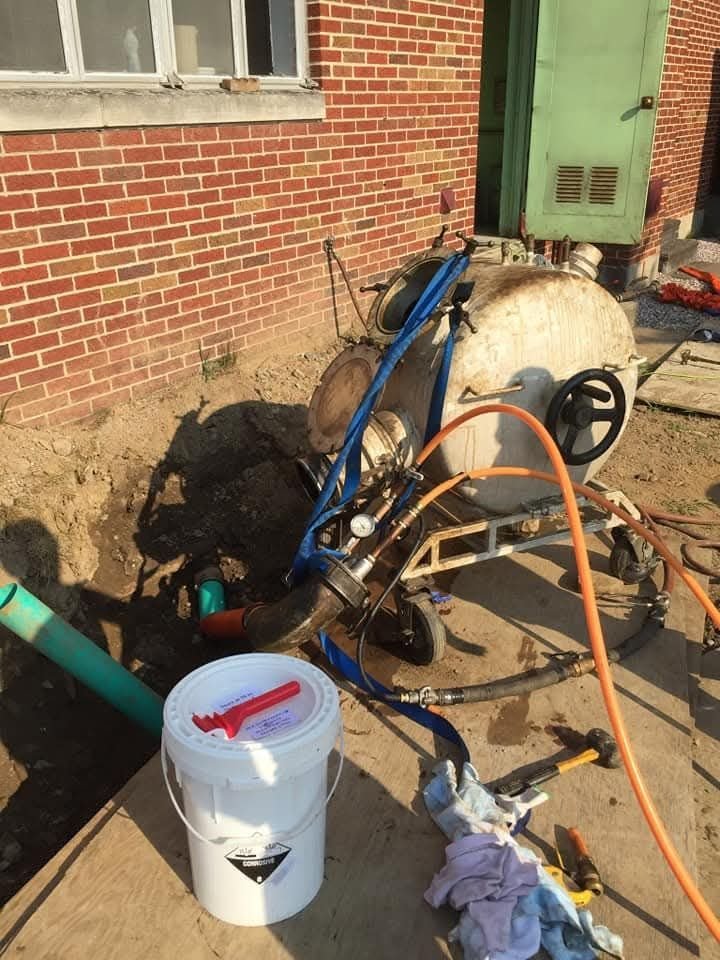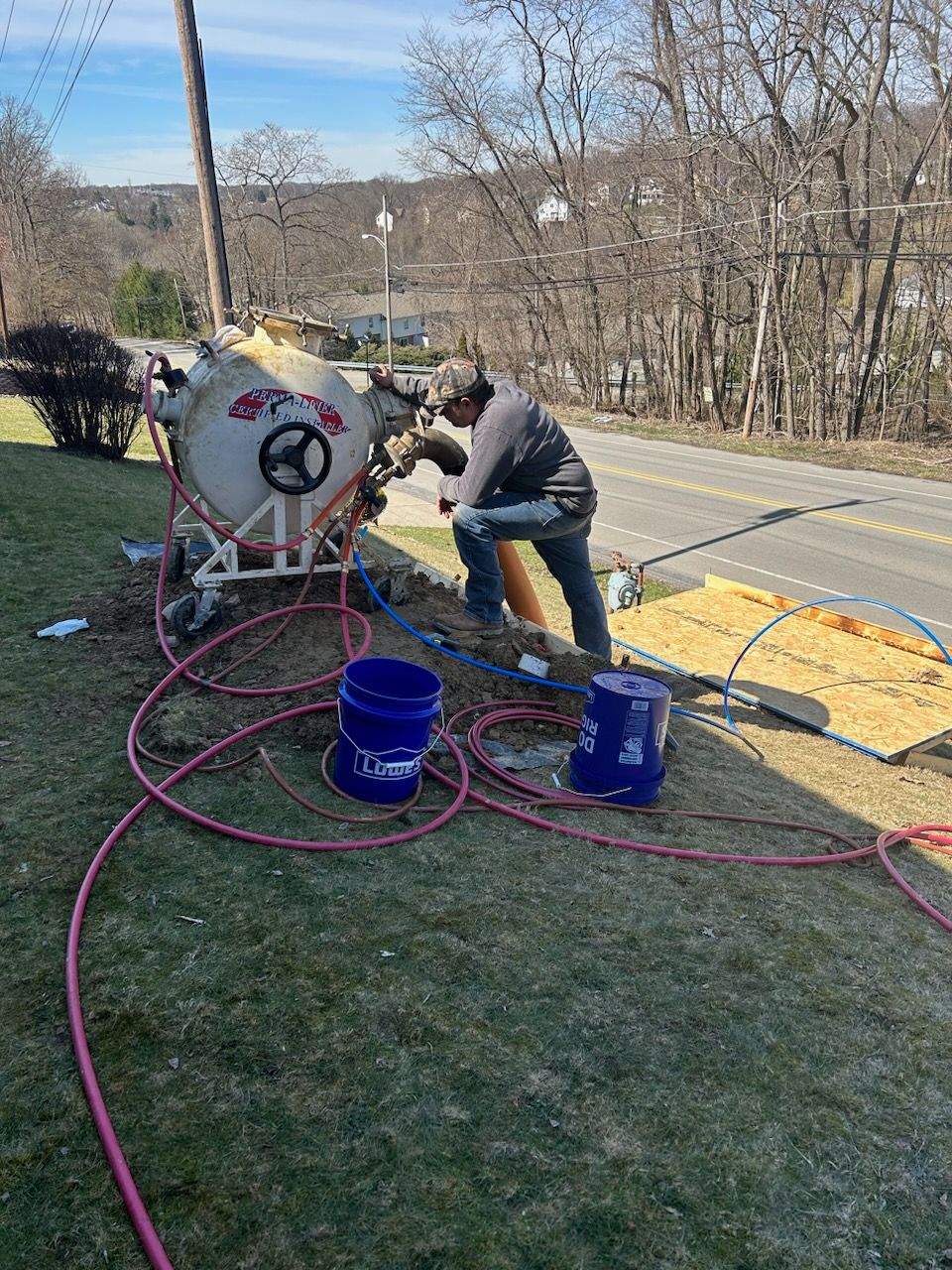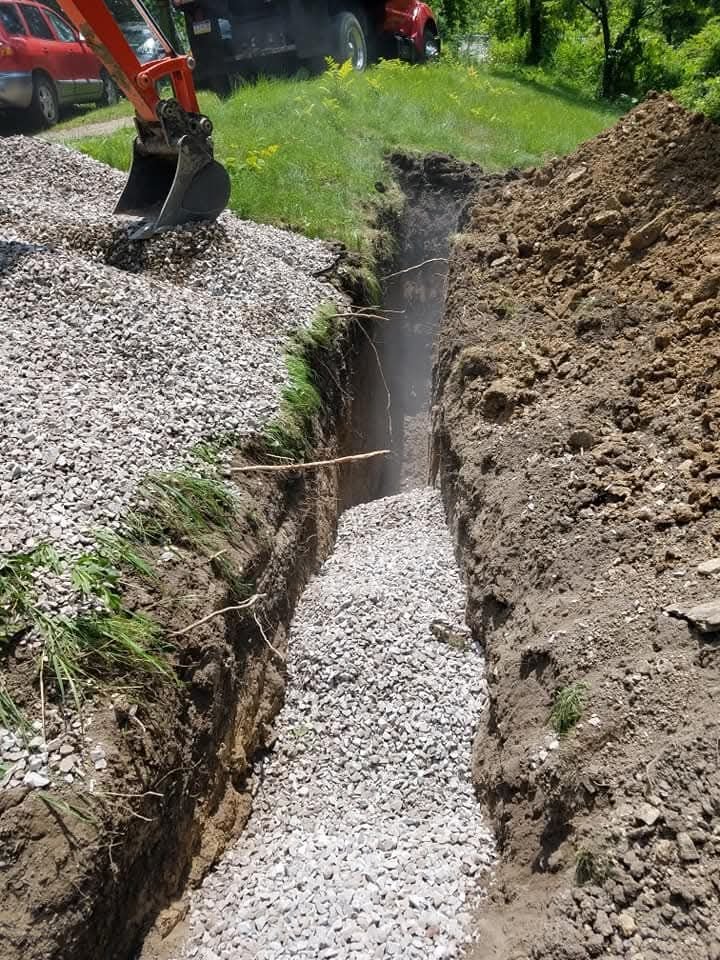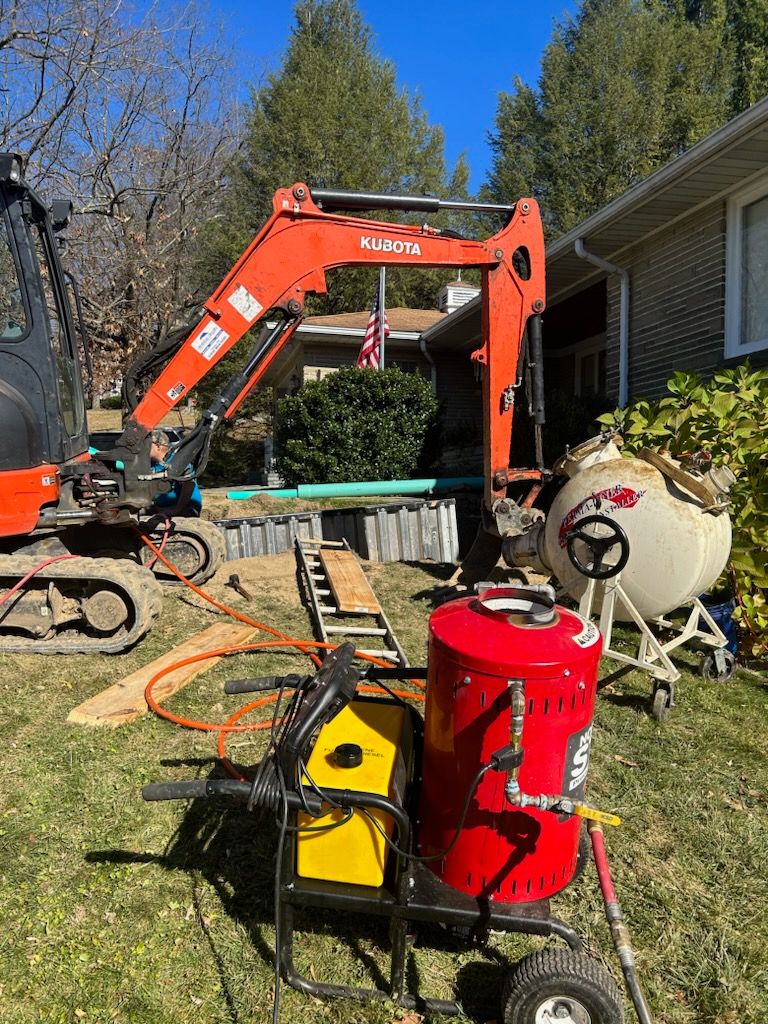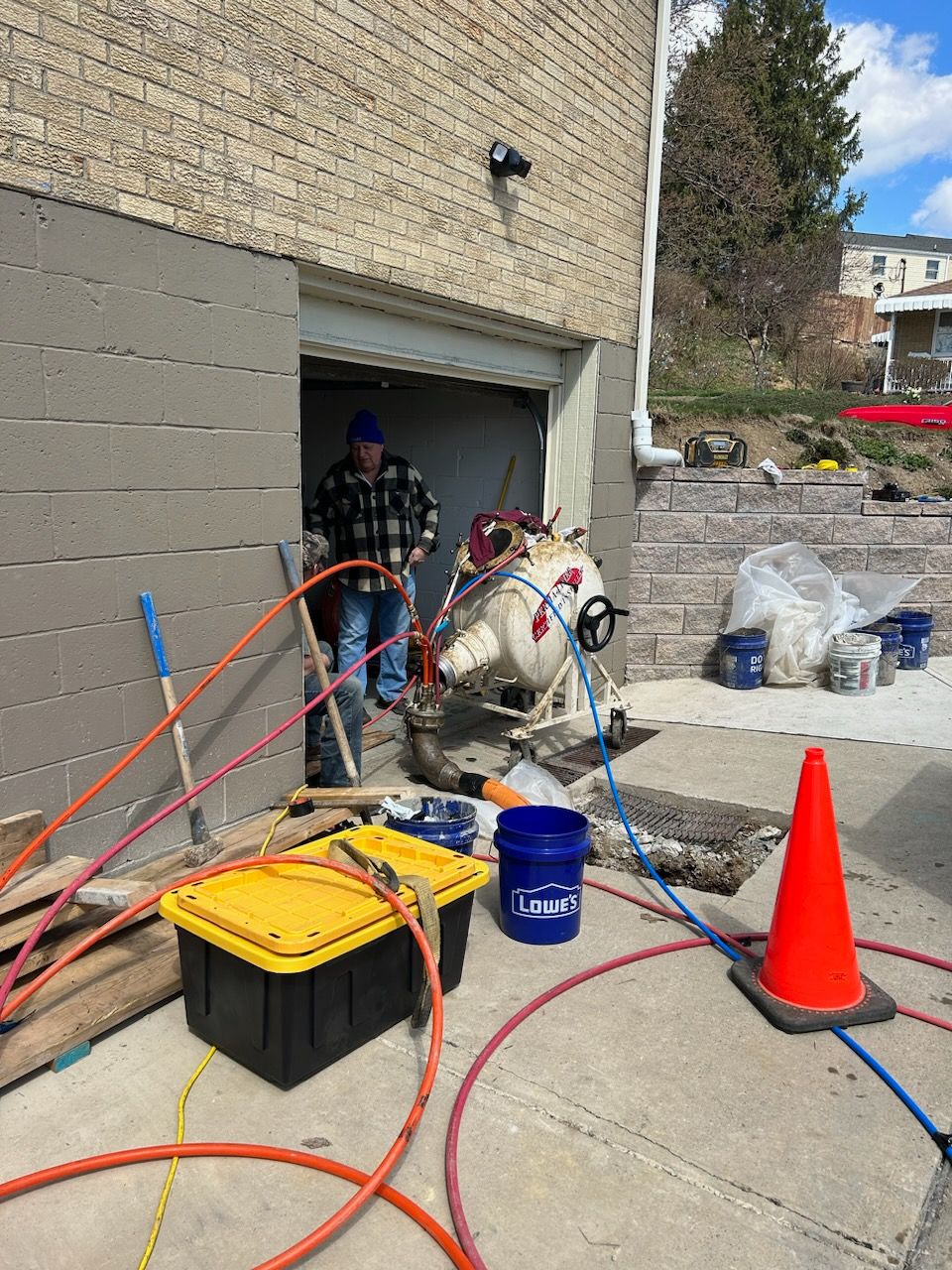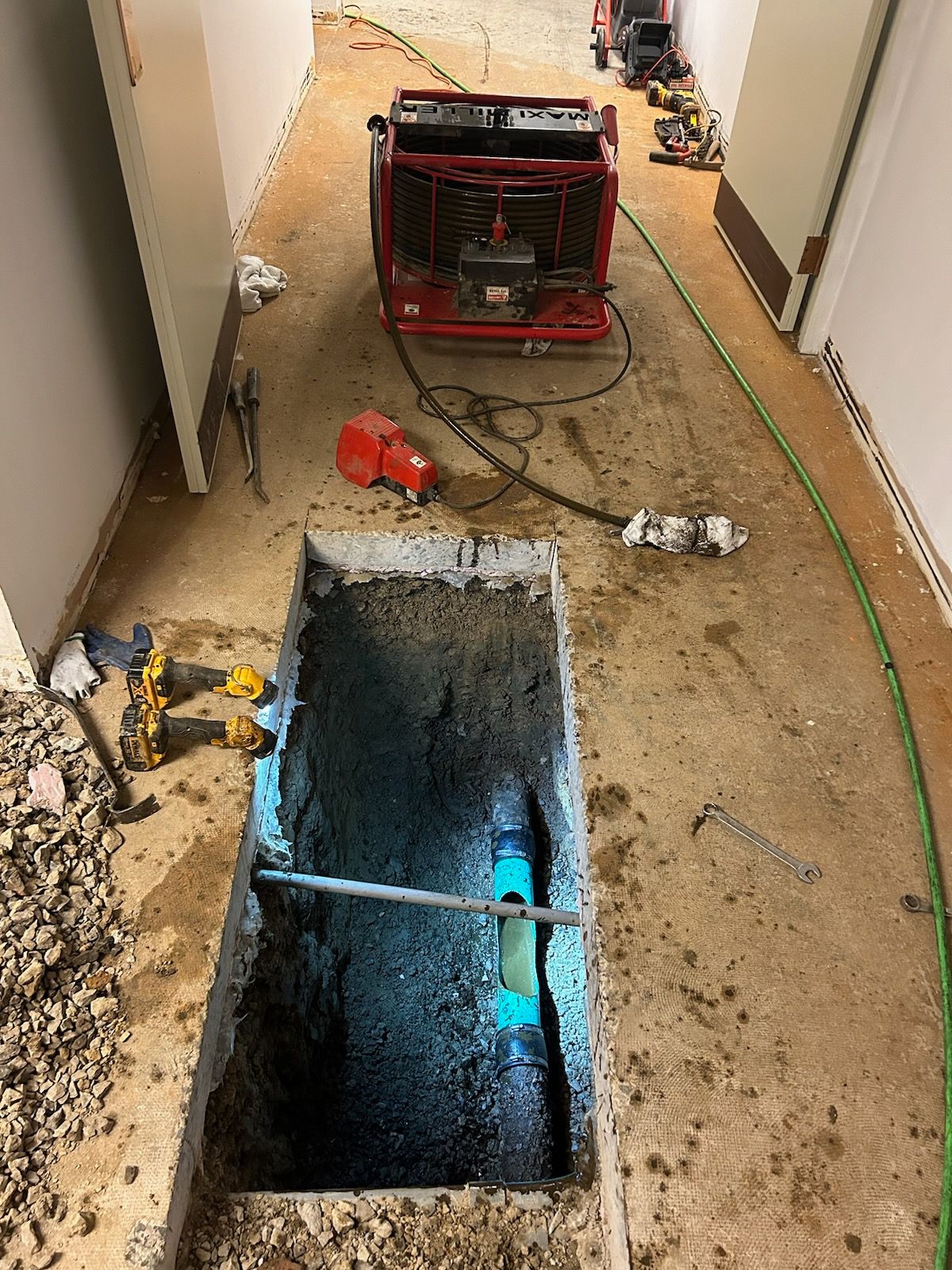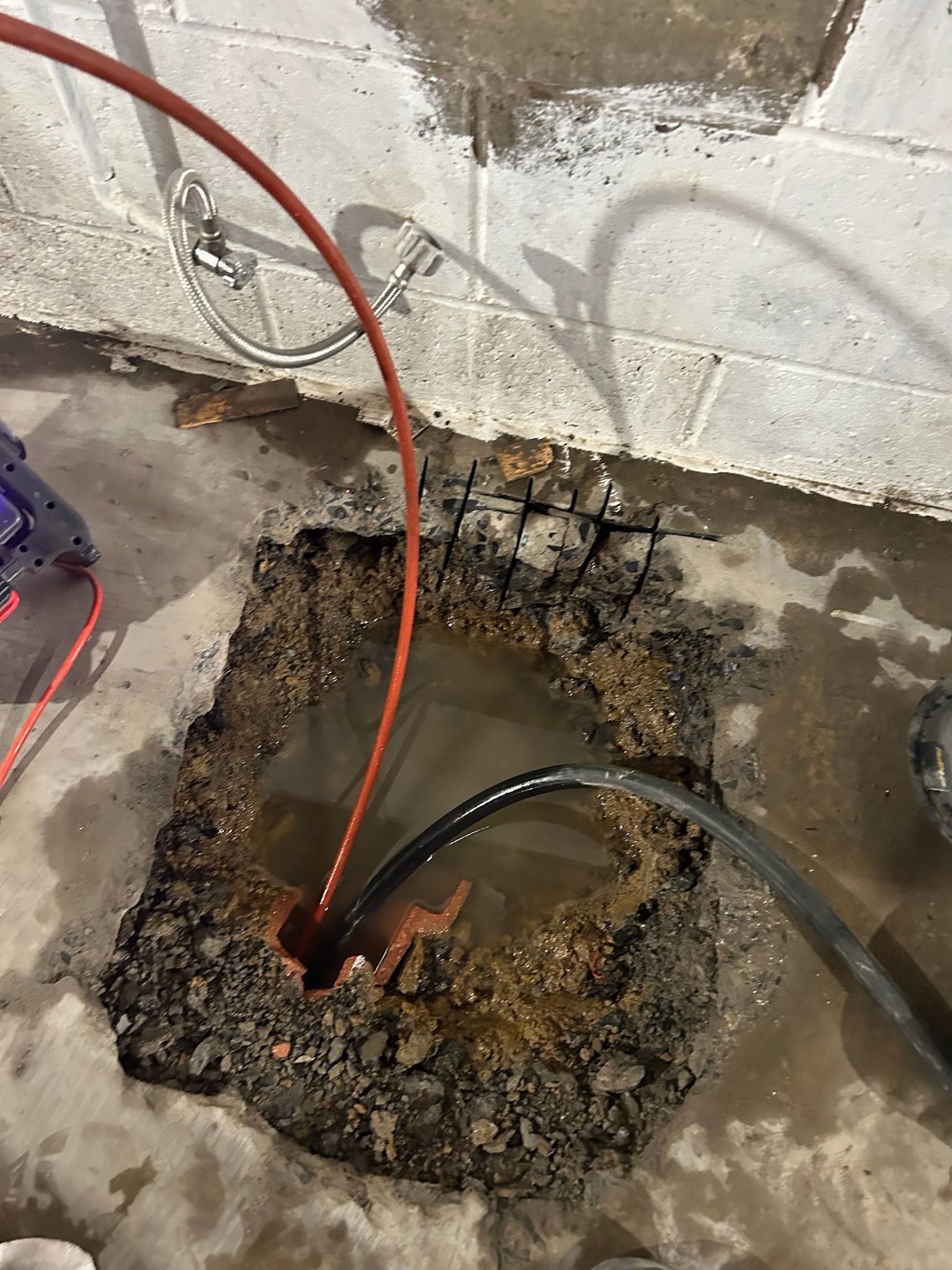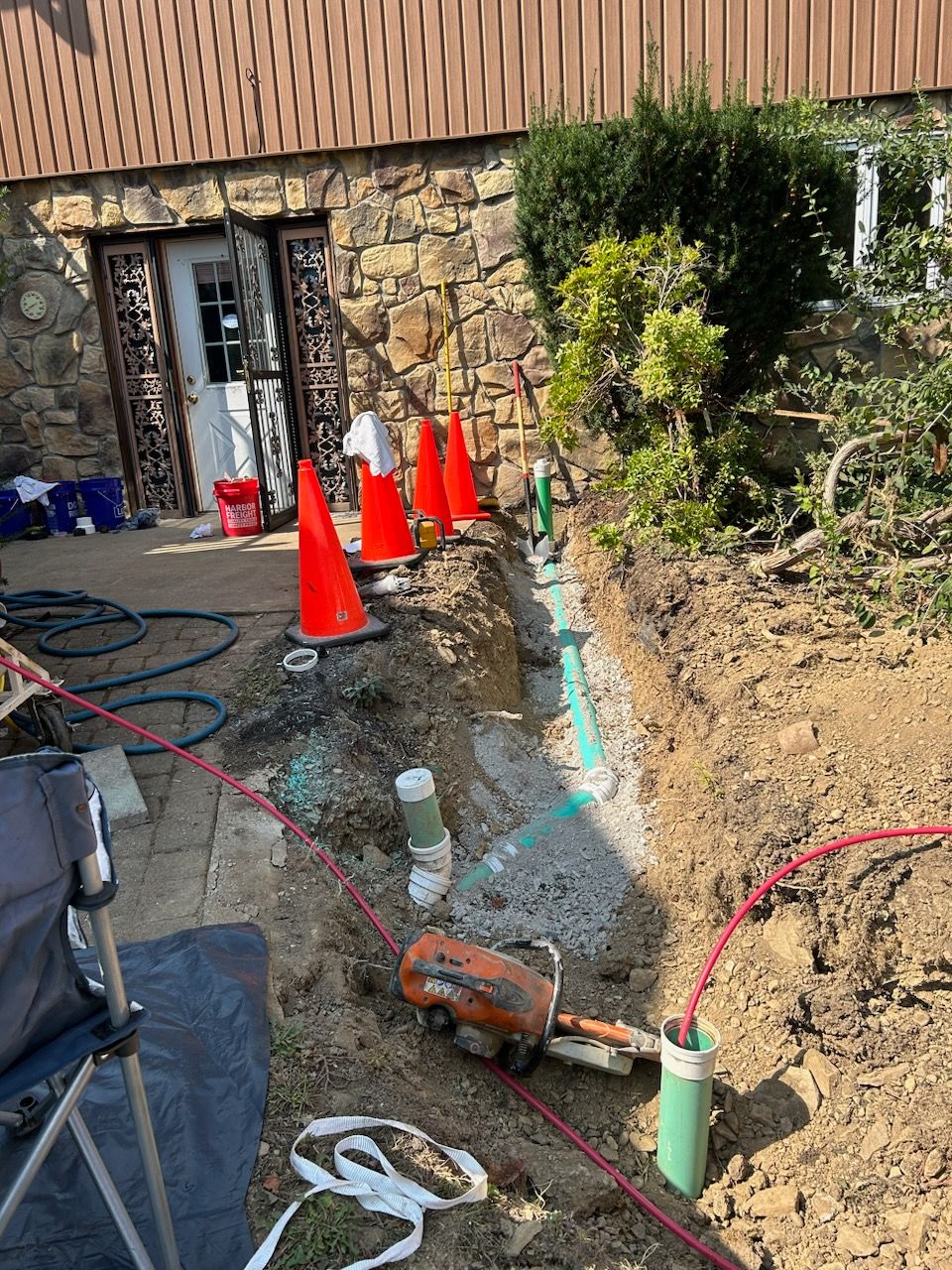Sewer line blockages and sewer lining damage can be an environmental nuisance and hazard. If your sewer line gets blocked, waste materials will get stuck and build up in your toilet, showers, bathtubs, sinks, and the main sewer line. If the plunger can’t clear the clogged system, then you’ll need some more powerful intervention.
Plumbing augers or snakes and plungers are the often used tools when there is a clog in the sewer line. But hydrojet cleaning is the most powerful and effective method of clearing such blockages. What does hydrojetting entail? How effective is hydrojetting in sewer line cleaning? This article answers these questions by explaining the basics of hydrojetting. It also highlights the benefits of hydrojetting to your sewer and septic tank system.
What’s hydrojetting?
Hydrojetting is a sewer and septic tank system cleaning method. The method involves the insertion of a high-pressure hose with a multi-directional spray nozzle into the sewer line systems. The pressure of the water sprayed at all 360° (degrees) of the nozzle head can reach a pressure level of 4000 psi (pounds per square inch).
Why is hydrojet cleaning helpful and beneficial to your sewer lining?
1. Hydrojetting of the sewer lines unclogs and cleans better
If you have a serious clog in your sewer or septic system lines, your plumber can use drain augers or plungers to unclog the system. This approach removes the blockage, but it leaves all the grime and stuck waste residues on your sewer pipes’ lining. The grease and sludge get stuck to the sewer system’s pipe-lining, and this waste material may accumulate till another clog forms.
Hydrojetting blasts away all debris from the sewer pipes’ lining and leaves no residue upon which layers and layers of sludge can build fast. This means that your sewer line gets clear and clean instead of removing the clogging obstructions. Dirt, soap, grease, fat, mineral, and silt deposits on pipe linings create a precursor for recurrent clog development.
2. Hydrojetting does not cause sewer pipe lining damages
Septic tanks and sewer systems have an average lifespan of 25 years. But their ability to last that long without causing trouble relies on how well the system gets designed and maintained. For instance, using caustic chemical drain cleaners such as sulfuric acid and sodium hydroxide can damage sewer or septic line pipes by eating into their interior lining.
Plumbing snakes or augers can also damage the sewer pipe lining and cause cracks in the lining when making their cork-screw movement through the pipes. Unlike chemical or auger cleaning that damages the lining of sewer pipes, the hydrojet cleaning method only uses high-pressure water that does not corrode the pipes or cause cracks in their linings.
3. Hydrojetting prevents malformed epoxy and prepares the way for pipe-lining installation
Most property owners choose to use epoxy to restore the worn inner lining of sewer and septic piping systems. But these pipes often have a thick coating of debris on their inside. The installation of epoxy re-lining without proper cleaning can lead to malformed epoxy linings, which can’t attach well to the pipes’ interiors. With time such malformed epoxy linings lead to the system’s damage or blockage.
To avoid such problems, it’s recommendable to use hydrojet cleaning to clear the debris and create a clear, clean, and even surface. The even surface creates a good surface for the proper lining of epoxy that improves the lifespan of your piping system.
4. Hydrojetting is friendly to the environment
Hydrojetting only uses high-pressured water to clean your sewer and drainage lines. But the other methods of cleaning such as the chemical cleaning method use harsh chemicals that can corrode pipe systems and contaminate water supplies if they leak out of the sewer system. Hydrojet drain cleaning is thus preferable because you can rest assured that your underground water sources are safe.
If you want to protect your sewer and septic piping systems from internal damage, then always choose the hydrojet cleaning method. This method protects and cleans your inner pipe lining well and prevents corrosion and the buildup of grease, sludge, and other debris.
Categories
Related Posts







